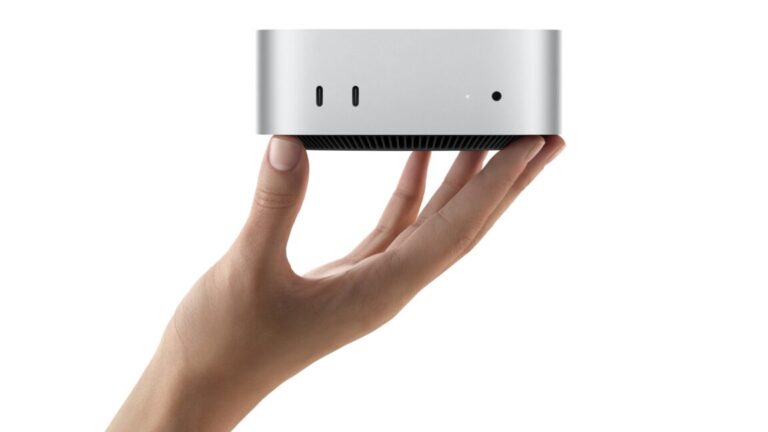Re-opened Three Mile Island will power AI data centers under new deal
Microsoft and Constellation Energy have announced a deal that would re-open Pennsylvania’s shuttered Three Mile Island nuclear plant. The agreement would let Microsoft purchase the entirety of the plant’s roughly 835 megawatts of energy generation—enough to power approximately 800,000 homes—for a span of 20 years starting in 2028, pending regulatory approval.
The actual electricity from the Three Mile Island plant—which would be renamed Crane Clean Energy Center—wouldn’t be earmarked for any specific use and would go to local interconnections rather than directly to Microsoft facilities. But the deal comes as Microsoft and large swaths of the tech industry seek new energy sources for data centers that power everything from generative AI models to cloud computing and streaming services.
A new nuclear dawn?
Pennsylvania’s Three Mile Island plant rose to infamy in 1979 when a partial meltdown in Unit 2 helped ignite panic over nuclear safety across the country. The new Microsoft deal would re-open the adjacent Unit 1, which was shuttered in 2019 “due to poor economics,” according to Constellation. If and when the plant reaches its planned 2028 re-opening, it would mark the first time a shuttered nuclear plant has been put back into service.
Constellation said it plans to spend $1.6 billion revitalizing the plant, including inspections and replacements for the reactor’s turbines and cooling systems. Tax credits and other federal subsidies from the Inflation Reduction Act would also help fund the re-opening.
Last year, Microsoft posted a job listing looking for a new program manager to “lead project initiatives for all aspects of nuclear energy infrastructure for global growth.” Constellation’s efforts to restart Three Mile Island were first disclosed months ago.
Despite a reputation fostered by the Three Mile Island meltdown and other accidents, nuclear energy as a whole is responsible for many fewer deaths than most other forms of power generation, especially when the environmental impacts of air pollution are taken into account. But the nuclear industry faces massive cleanup costs when accidents do happen and still grapples with what to do about nuclear waste that has to be safely sequestered for thousands of years to avoid potential harm to humans.
“This agreement is a major milestone in Microsoft’s efforts to help decarbonize the grid in support of our commitment to become carbon negative,” Microsoft VP of Energy Bobby Hollis said in a statement. “Microsoft continues to collaborate with energy providers to develop carbon-free energy sources to help meet the grids’ capacity and reliability needs.”
News of the deal comes months after Amazon purchased a $650 million data center powered by the nearby Susquehanna nuclear plant in Pennsylvania.
Nuclear-powered AI?
Industry-wide, data centers demanded upwards of 350 TWh of power in 2024, according to a Bloomberg analysis, up substantially from about 100 TWh in 2012. An IEA report expects those data center power needs to continue to rise in the near future, hitting the 620 to 1,050 TWh range by 2026.
The rise of generative AI models in recent years represents a small but quickly growing portion of that data center energy demand. One study projected total AI energy use at between 85 and 134 TWh by 2027, a range that’s roughly in line with the power needs of the PC gaming industry.
“The energy industry cannot be the reason China or Russia beats us in AI,” Constellation chief executive Joseph Dominguez told The Washington Post. “This plant never should have been allowed to shut down… It will produce as much clean energy as all of the renewables [wind and solar] built in Pennsylvania over the last 30 years.”







